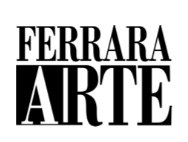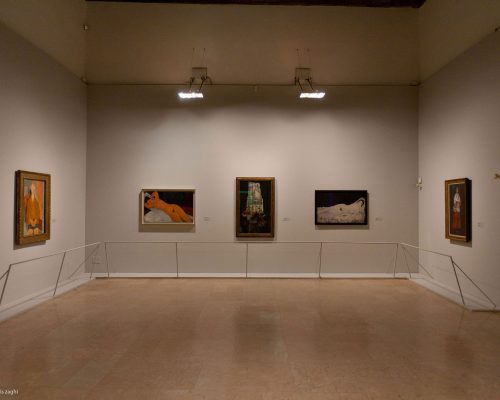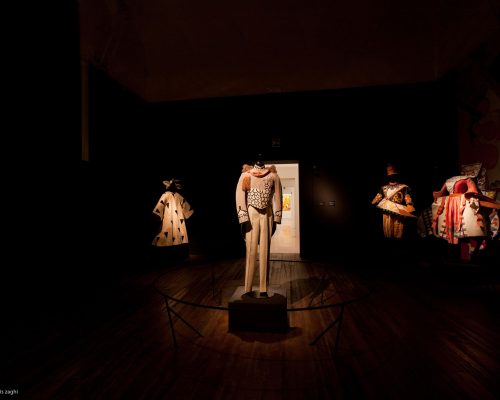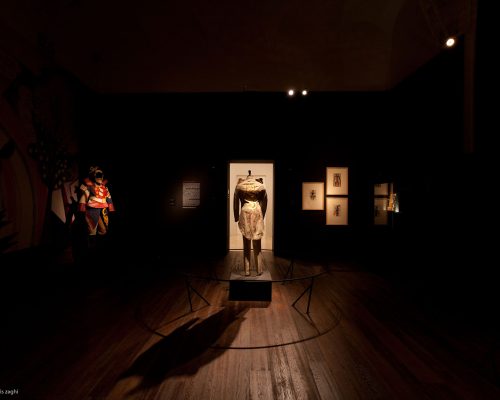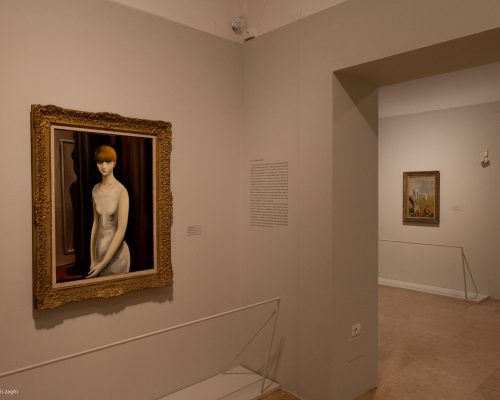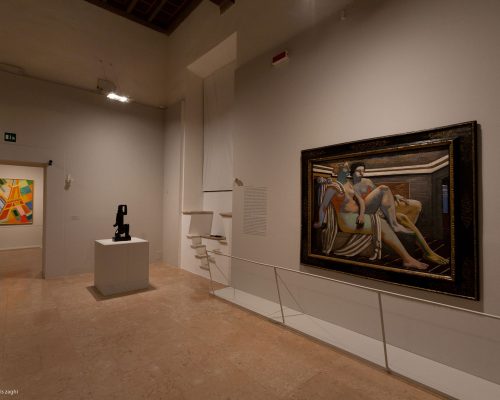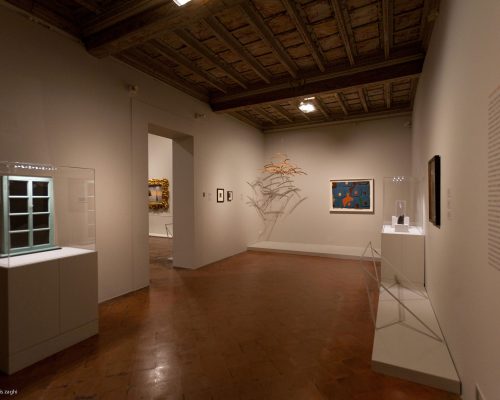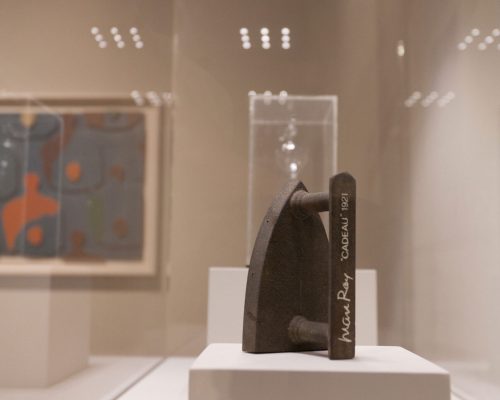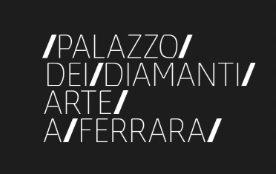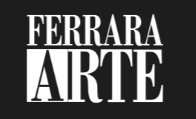“Modernity, that great mystery, dwells everywhere in Paris: you find it again at every street corner, coupled with what once was, pregnant with what will be… Like Athens in the days of Pericles, Paris today is the city par excellence of art and the intellect.” Thus De Chirico wrote in 1925, describing the splendour of the French capital in that unique period known as “the Roaring Twenties.”
Following the Great War and until the early Thirties, Paris was in full swing. Its worldly and liberal cosmopolitan atmosphere, the explosion of jazz, the theatres, cafes, and galleries drew from all of Europe and America the greatest figures in art, culture, music and theatre, giving the city a mood of revival that made it the international testing grounds for creativity. Modern masters, such as Monet, Matisse, Mondrian, Picasso, Braque, Modigliani, Chagall, Duchamp, De Chirico, Miró, Magritte and Dalí are the key figures in a major exhibition by Ferrara Arte that, for the first time in Italy, through a careful selection of works coming from prestigious public and private collections all over the world, tells about this golden period in the City of Light.
In the post war years, two impressionist masters, Renoir and Monet, were still working and influential: the former, drew themes from classical works, like his monumental paintings of the bathers which were admired by Picasso amongst others, while the latter pushed the boundaries of abstractionism in his iridescent paintings inspired by the garden at Giverny. At the same time, under the name École de Paris, a new generation of non-French artists became established. Talented, free-spirited and restless, young artists such as Modigliani, Chagall, Van Dongen, Foujita and Soutine revitalized the international bohemian atmosphere of the Montparnasse district with their nudes and portraits. Alongside them were the protagonists of the Cubist revolution, who by that time were already famous. Picasso, Braque, Léger and Gris signed sophisticated masterpieces which evoked, in their vivacious depiction of glasses, bottles, newspapers and musical instruments, the brilliant worldly climate of the Parisian cafes and salons.
The theatre, music hall and the circus, places emblematic of the “moveable feast” evoked by Hemingway in his memoirs of those years, inspired brilliant interpretations by the artists and photographers who were seduced by these glittering animated worlds. In addition, artists such as Matisse, Larionov, Léger and De Chirico worked on avant garde projects with masters in other creative fields, resulting in works like the productions of the Ballets Russes and the Ballets Suédois which combined music, dance and visual arts into spectacular “total works of art.”
At the same time, and also as a reaction to the traumas of the war, there emerged an aspiration to harmony, peace, and balance. The masterly “maternity” pictures by Picasso, with his multifaceted genius, as well as the powerful nudes by De Chirico and the elegant Pulcinellas by Severini interpreted the modern classicism that prevailed in the Twenties in the name of a new found harmony and fullness of form. In turn, Matisse and Bonnard recovered a naturalistic vein with their sensual nudes bathed in light and posed in interiors and gardens saturated with colour that were a genuine feast for the eyes. It was also in Paris, where he moved in 1919, that the Dutch artist Mondrian created his revolutionary neoplastic compositions of pure colour grids, inspired by the principle of universal order.
Paris in the Twenties was also the scene of some of the most startling and radical artistic provocations of the Twentieth Century. The moral and cultural conventions of bourgeois society were the target at which the Dadaist creations of Picabia, Duchamp, Arp and Man Ray took aim in a spirit that was ironic, rebellious and iconoclastic. The dream of a better world, and at the time, premonitions of another war, were embodied in the paintings and sculptures of Ernst, Miró, Masson, Magritte, Tanguy, Giacometti and Dalí, with their dreamlike and disturbing imagery, like windows opening onto marvels that invite the breaking of all inhibitions and reawaken desires and the imagination.
Curated by
Simonetta Fraquelli, Susan Davidson e Maria Luisa Pacelli
Organized by
Ferrara Arte
Enti promotori
Comune di Ferrara e Provincia di Ferrara
with
Regione Emilia-Romagna
Eni partner della mostra e partner unico del progetto didattico-educativo “La città degli artisti”
Supported by
Fondazione Cassa di Risparmio di Ferrara, Cassa di Risparmio di Ferrara, Coop Estense, Parsitalia Real Estate, Aeroporto di Bologna
Sponsor tecnici per la pavimentazione e l’illuminotecnica della sala dedicata al teatro
Guidobaldi e Lucifero’s

